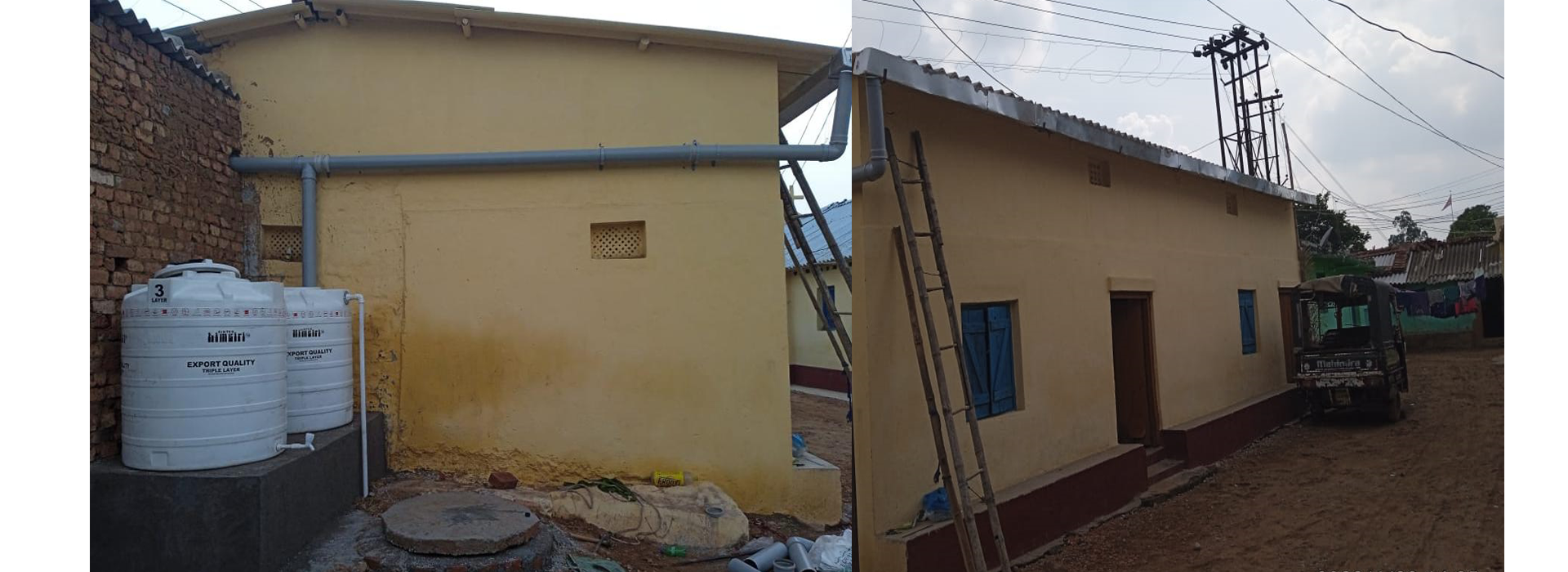Rainwater harvesting is the process of collecting and storing rainwater for various purposes, such as domestic use, irrigation, groundwater recharge, and industrial applications. It is a sustainable water management practice that has been used for centuries to address water scarcity and reduce the demand on traditional water sources. Rainwater harvesting systems can vary in size and complexity, and they are implemented in both rural and urban areas. Here are the key components and benefits of rainwater harvesting: Components of Rainwater Harvesting: Catchment Surface: The catchment surface is the area where rainwater is collected. It can be the rooftop of buildings, paved surfaces, or any other impermeable surface. Gutters and Downspouts: Gutters and downspouts are used to channel rainwater from the catchment surface to the storage system. Filtering System: A filtering system is used to remove debris, leaves, and other contaminants from the collected rainwater, ensuring its quality for various uses. Storage Tanks or Cisterns: Rainwater is stored in tanks or cisterns for later use. These tanks can be above-ground or underground, depending on the available space and requirements. Distribution System: A distribution system is used to transport the harvested rainwater to the intended end-use points, such as taps, irrigation systems, or industrial processes. Benefits of Rainwater Harvesting: Water Conservation: Rainwater harvesting helps conserve water by capturing and storing rainwater that would otherwise be lost or run off. Sustainable Water Supply: By supplementing traditional water sources with harvested rainwater, rainwater harvesting provides a reliable and sustainable water supply, particularly in regions with seasonal or irregular rainfall patterns. Reduced Demand on Groundwater: Harvesting rainwater can reduce the demand on groundwater, helping to preserve this valuable resource. Flood Control: Rainwater harvesting can help reduce urban flooding by capturing rainwater and storing it for later use. Cost Savings: Rainwater harvesting can lead to cost savings on water bills, particularly for non-potable uses such as irrigation and toilet flushing. Improved Water Quality: Harvested rainwater is typically free of the salts and minerals found in groundwater, making it suitable for various non-potable applications. Groundwater Recharge: Rainwater harvesting systems can also be designed to recharge groundwater, helping to replenish aquifers and maintain ecological balance. Climate Change Resilience: Rainwater harvesting can enhance climate change resilience by providing an additional water supply during droughts and water scarcity events. Community Engagement: Rainwater harvesting projects often involve community participation and can raise awareness about water conservation and environmental stewardship. Rainwater harvesting is a versatile and effective water management practice that can play a significant role in improving water availability and sustainability, especially in regions facing water scarcity and unpredictable rainfall patterns. It is an eco-friendly and socially beneficial solution that aligns with the principles of sustainable water resource management.
